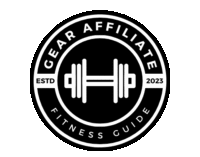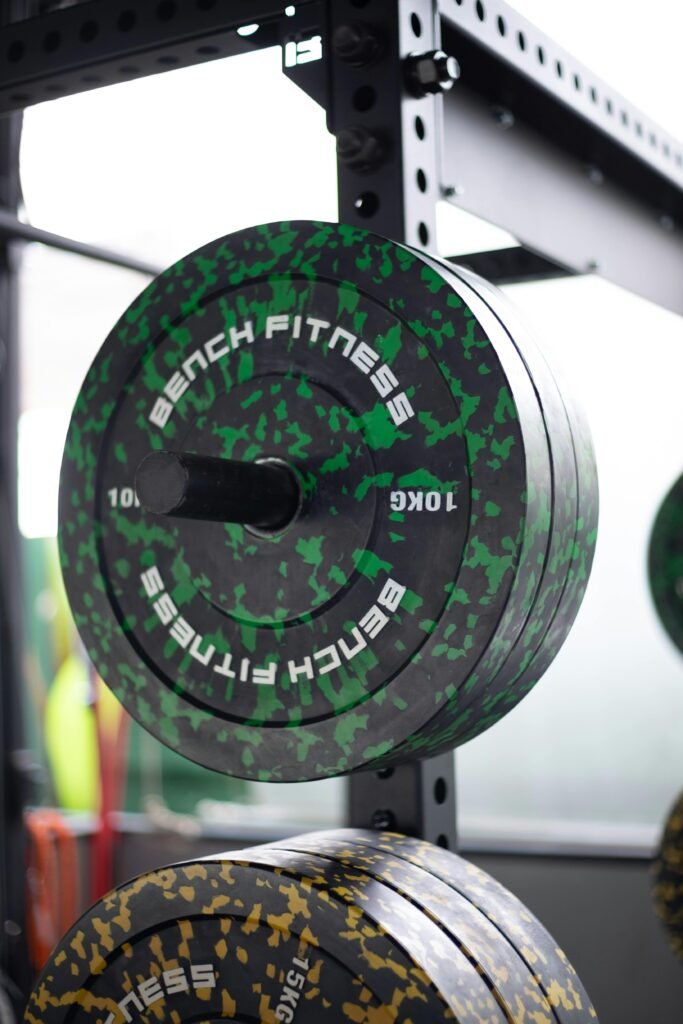Hey there! Just a heads up—this post contains affiliate links. If you click through and make a purchase, we may earn a small commission at no extra cost to you. Thanks for supporting the site and helping us keep the content coming!

Table of Contents
Bench press form:
The bench press is a powerhouse exercise that builds your chest, shoulders, and triceps, making it a staple in almost every strength training program. But to truly reap the benefits and stay safe, proper form is non-negotiable. In this tutorial, we’ll break down the essentials of bench press technique, ensuring you’re on the path to progress with confidence.
1. Set Up Your Bench for Success
Before you even touch the barbell, take the time to set up your bench correctly. The bench should be positioned under the barbell in a way that allows you to lift without overextending your arms. When you lie down, your eyes should align directly beneath the bar. This helps create consistency in your lifts and ensures that the bar’s path stays controlled.
Pay attention to the height of the barbell as well. It should be high enough to clear the J-hooks when unracking, but not so high that you need to fully extend your arms just to get it out. Proper setup minimizes unnecessary strain and keeps you focused on the lift itself.
2. Find Your Optimal Position
Once you’ve set up the bench, the next step is positioning yourself correctly. Start by planting your feet firmly on the floor. Your feet should be shoulder-width apart, and your heels should stay grounded throughout the lift. A solid lower-body base helps stabilize your upper body and generates power for heavier lifts.
As you lie back, retract your shoulder blades to create a stable base. Think about pulling them together and tucking them down toward your hips. This not only protects your shoulders but also enhances your leverage by slightly arching your upper back.
Your grip on the barbell is equally important. A slightly wider than shoulder-width grip is ideal for most lifters, as it balances chest and tricep engagement. Make sure your wrists stay neutral, with the barbell resting securely in the base of your palms. Wrapping your thumbs around the bar is a must for safety and control.
3. Master the Bar Path
The path of the barbell during a bench press is critical to your success. Start by unracking the bar and holding it over your chest with your arms fully extended. This is your starting position, and maintaining control here sets the tone for the rest of the lift.
As you lower the bar, aim for your mid-chest or just below the nipple line. Avoid letting your elbows flare out excessively; instead, keep them at about a 45-75 degree angle relative to your torso. This elbow positioning protects your shoulders and ensures the chest muscles do the majority of the work.
When pressing the barbell back up, follow a slight arc, bringing the bar back to a position directly above your shoulders. This natural path takes advantage of your biomechanics and prevents unnecessary strain. Focus on maintaining control and keeping your movements smooth and deliberate.
4. Breathe Like a Pro
Your breathing technique can make or break your lift. Proper breathing helps stabilize your core and gives you the power to press heavier weights safely. Before lowering the bar, take a deep breath and brace your core as if preparing for impact. This tension creates a strong foundation for the lift.
As you press the bar back up, exhale forcefully. This release of breath helps you maintain control and generate force during the most challenging part of the lift. Consistent breathing patterns also keep your focus sharp and your energy optimized.
5. Avoid Common Pitfalls
Even seasoned lifters can fall into bad habits that compromise their bench press. One of the most common mistakes is flaring the elbows too far outward. This not only reduces efficiency but also places unnecessary strain on the shoulders. Always keep your elbows tucked slightly in to maintain proper mechanics.
Another frequent error is bouncing the bar off the chest. While this might allow you to lift heavier weights in the short term, it’s a recipe for injury. Instead, control the descent and let the bar lightly touch your chest before pressing it back up.
Finally, watch for excessive arching in your lower back. A small arch is natural and helps with leverage, but overdoing it can lead to discomfort or injury. Focus on maintaining a strong but moderate arch that supports your form without compromising your spine.
6. Progress Safely and Smartly
Building strength takes time, and the bench press is no exception. Start with a weight that allows you to complete all your reps with perfect form. As you become more comfortable, gradually increase the weight in small increments. Rushing to lift heavy without mastering your technique is a fast track to plateaus—or worse, injuries.
When attempting heavier lifts, always use a spotter or set safety pins in a power rack. This adds an essential layer of protection and lets you push your limits with confidence. Additionally, never skip your warm-up. A few minutes of dynamic stretches or lighter bench press sets can prime your muscles and joints for the main workout.
Wrapping Up
The bench press is more than just an ego lift; it’s a powerful tool for building upper-body strength and size when done correctly. By following these steps, you’ll not only enhance your performance but also protect yourself from avoidable injuries.
Remember! that everyone is different. One person may have longer legs, meaning that their feet might be further then shoulder width apart, or some people may have shorter arms, meaning that the may have to worry less about flared elbows. Understanding that everyone has a different body and therefore a slightly different form is important to remember as you go about your fitness journey. this post exist only to tackle the general population and give our general tips the people may find helpful.
Remember, progress comes with consistency and patience. Stick to proper form, challenge yourself gradually, and celebrate your milestones along the way. Ready to bench like a pro? Let’s get to work!
If you found this post to be helpful, then you may be interested the rest of our blog page here.
At gear affiliate, we always want to give our readers more resources to research. Below are a few videos that we feel can be insightful as well as helpful. it is important to take these videos with a grain of salt, though we believe that they send a proper and healthy message for proper bench press form.
Video Links: Video 1, Video 2.


